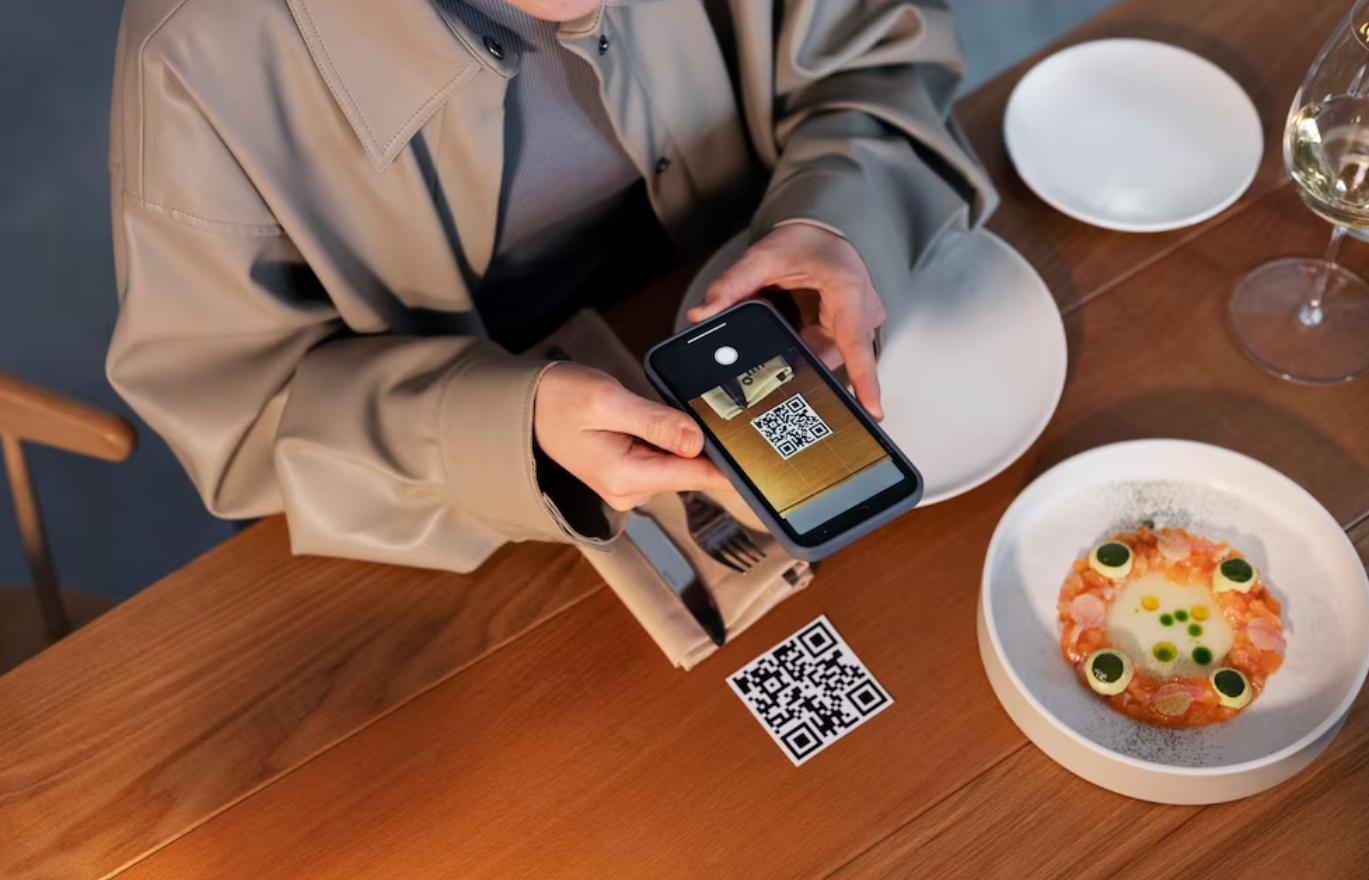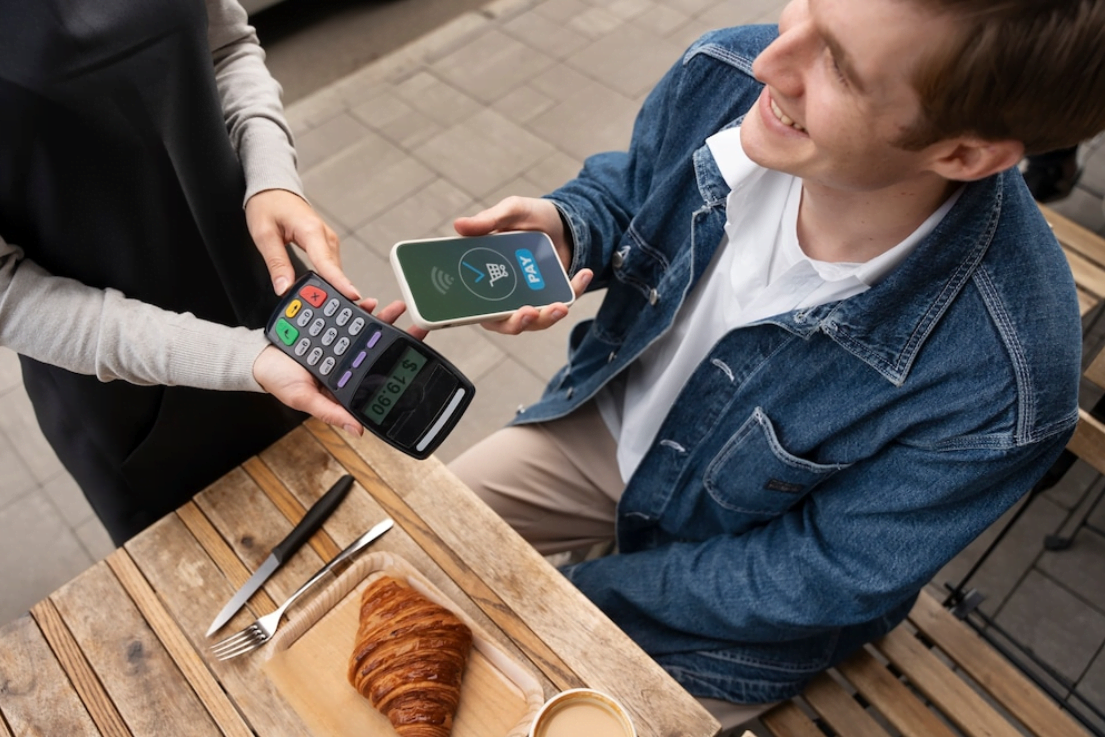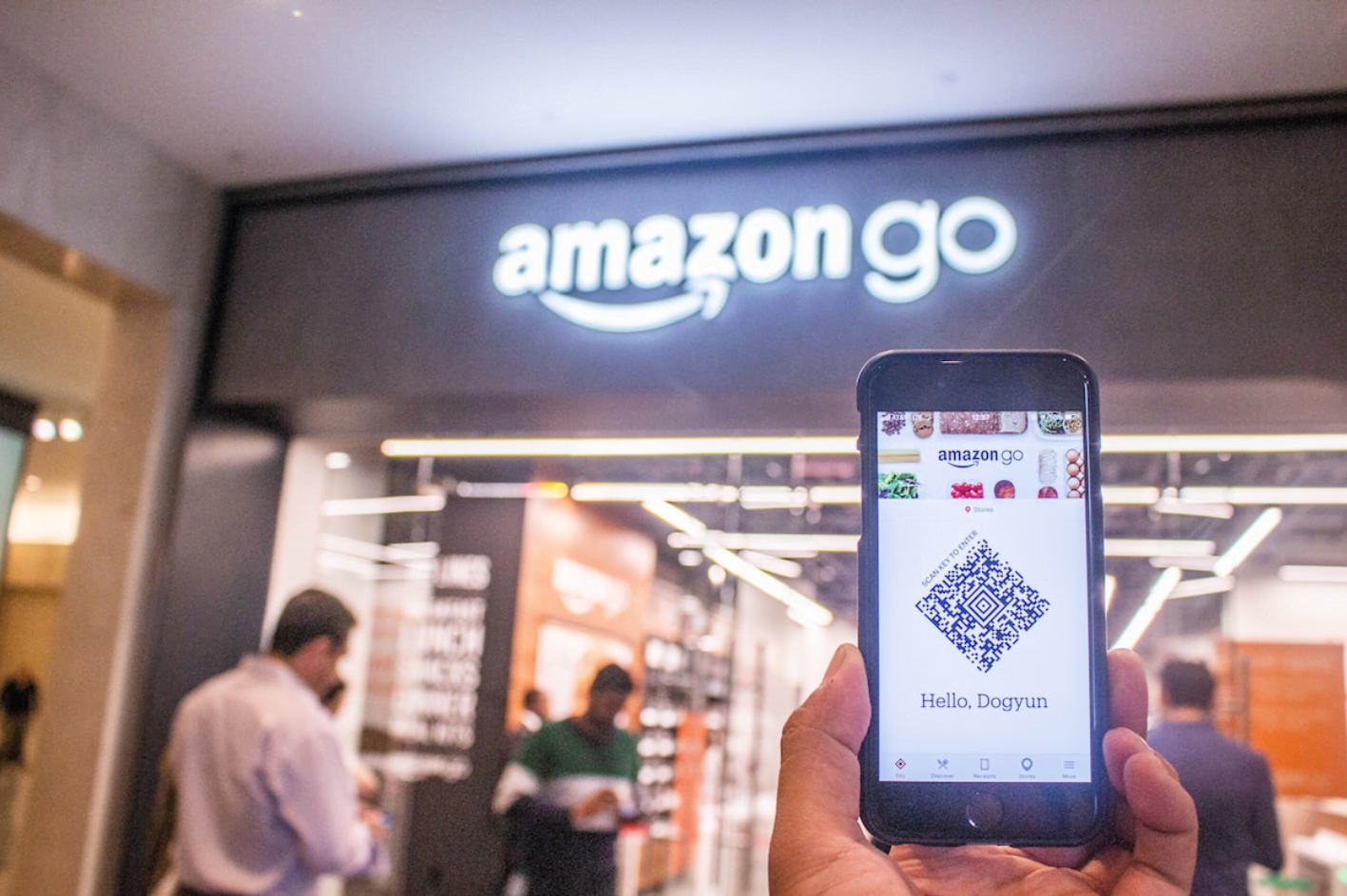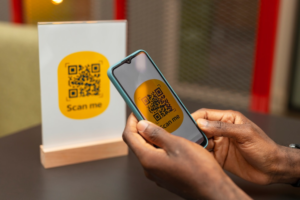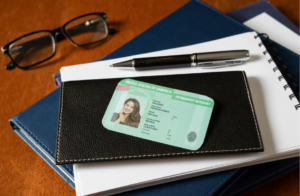Introduction
In today’s digital era, QR codes have become increasingly popular across various industries. One sector that has greatly benefited from the use of QR codes is travel and tourism. These two-dimensional barcodes offer a convenient and efficient way to connect with customers and enhance their overall experience. In this article, we will explore the advantages of using QR Codes in the Travel and Tourism Industry and how they have revolutionized the industry.
What are QR Codes?
QR codes, short for Quick Response codes, are matrix barcodes that can store information such as URLs, text, or other data. They can be easily scanned using a smartphone camera or a dedicated QR code reader app. Once scanned, the user is directed to the encoded content, whether it’s a website, a video, or a promotional offer.
QR Codes at Travel and Tourism
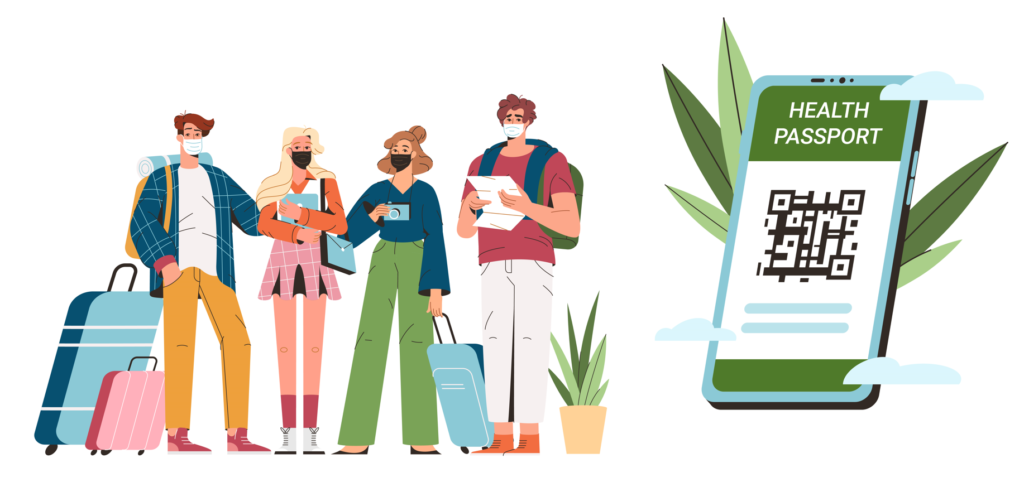
1. Contactless Check-in and Checkout
QR codes have simplified the check-in and checkout process for travelers. Instead of waiting in long queues, customers can now simply scan a QR code displayed at the reception desk or hotel entrance. This contactless solution not only saves time but also enhances safety and reduces physical contact.
2. Digital Guides and Maps
When exploring a new destination, travelers often rely on maps and guidebooks. However, these traditional resources can be bulky and outdated. QR codes offer a modern alternative by providing instant access to digital guides and maps. By scanning a QR code, tourists can retrieve up-to-date information, recommendations, and directions on their smartphones, making their journey more seamless and enjoyable.
3. Ticketing and Boarding Passes
QR codes have revolutionized ticketing in the travel industry. Airlines, train companies, and other transportation providers now issue electronic tickets and boarding passes with embedded QR codes. Passengers can easily access and store these digital tickets on their smartphones, eliminating the need for physical documents. This convenience also allows for faster and more efficient boarding processes.
4. Promotional Campaigns
QR codes provide an excellent platform for travel and tourism businesses to launch promotional campaigns. By incorporating QR codes in their marketing materials, companies can offer exclusive discounts, coupons, or loyalty rewards. This interactive approach engages customers and encourages them to take advantage of special offers, leading to increased customer loyalty and satisfaction.
5. Customer Feedback and Reviews
Collecting feedback from customers is crucial for improving services in the travel and tourism industry. QR codes offer a convenient way for customers to provide feedback and leave reviews. By scanning a QR code displayed in hotels, restaurants, or tourist attractions, visitors can quickly share their experiences and suggestions. This real-time feedback helps businesses identify areas for improvement and enhance customer satisfaction.
How to Use QR Codes
1. Scanning QR Codes
To access the information encoded in a QR code, users need to scan it using their smartphone’s camera or a QR code reader app. Most modern smartphones have built-in QR code scanning capabilities, but for older devices, users can download a free QR code reader app from their app store. Once scanned, the QR code directs users to the encoded content or action, such as a website, video, or document.
2. QR Code Reader Apps
For optimal QR code scanning experience, it is recommended to use a dedicated QR code reader app. These apps are specifically designed to quickly and accurately scan QR codes. Popular QR code reader apps include “QR Code Reader by Scan” for iOS and “QR & Barcode Scanner” for Android. These apps often provide additional features such as code history, in-app browsers, and support for different barcode formats.
Best Practices for QR Code Usage
To ensure a seamless and effective QR code experience, it is essential to follow the best practices:
- Use high-quality QR codes that are easily scannable.
- Place QR codes in easily accessible locations.
- Provide clear instructions on how to scan the QR code.
- Test the QR codes before implementing them in marketing campaigns.
- Regularly update the content linked to the QR code to provide the latest information.
Successful Implementation of QR Codes
While the advantages of using QR codes in travel and tourism are significant, successful implementation requires careful considerations.
1. Integration with existing technologies
To maximize the benefits of QR codes, integration with existing technologies is crucial. QR code systems should seamlessly integrate with hotel management systems, airline databases, or attraction ticketing platforms. This ensures a smooth flow of information and enhances overall operational efficiency.
2. User-friendly and intuitive interfaces
To encourage widespread adoption, QR code interfaces must be user-friendly and intuitive. Clear instructions and prompts should guide travelers on how to scan QR codes and access the desired information. User experience plays a vital role in ensuring a positive perception of QR codes in the travel and tourism industry.
3. Adequate security and privacy measures
As with any digital technology, security and privacy are paramount. Businesses must implement robust security measures to protect sensitive customer data. Encryption protocols, data anonymization, and secure server infrastructure should be in place to safeguard customer information and instill trust in QR code systems.
4. Seamless connectivity and network reliability
Reliable connectivity is essential for the successful implementation of QR codes. Travelers rely on mobile networks or Wi-Fi connectivity to scan codes and access information. Businesses should ensure seamless connectivity to prevent disruptions in the QR code experience.
Access to digital travel guides and maps
Another advantage of using QR codes in travel and tourism is the provision of digital travel guides and maps. Tourists often seek information about local attractions, historical sites, and nearby amenities. QR codes can be strategically placed at these locations, providing visitors with instant access to detailed information. By scanning the QR codes, travelers can view interactive maps, audio guides, or even watch informative videos that enrich their travel experience.

Facilitation of contact tracing and health protocols
In the wake of the COVID-19 pandemic, ensuring the safety and well-being of travelers has become paramount. QR codes have proven to be an effective tool in facilitating contact tracing and implementing health protocols. Travelers can scan QR codes at various checkpoints, enabling authorities to track their movements and notify them in case of potential exposure. Additionally, QR codes can provide access to health declaration forms, ensuring compliance with necessary health and safety measures.
Streamlined payment and transaction processes
QR codes simplify payment and transaction processes in the travel and tourism sector. By scanning a QR code, travelers can conveniently make payments for various services, such as hotel bills, restaurant meals, or souvenir purchases. This eliminates the need for carrying multiple payment cards or cash, making transactions faster and more secure. Moreover, businesses can leverage QR codes to offer personalized discounts or loyalty rewards, further incentivizing customers to choose their services.
Real-time updates and notifications
QR codes enable real-time updates and notifications, keeping travelers informed throughout their journey. For instance, airlines can use QR codes to send notifications about flight delays, gate changes, or baggage carousel information directly to passengers’ smartphones. Similarly, hotels can provide guests with QR codes that link to personalized itineraries, local event updates, or even restaurant recommendations. These real-time updates enhance customer satisfaction and improve overall travel experiences.
FAQs
Can QR codes be scanned by any smartphone?
Yes, most modern smartphones have built-in QR code scanning capabilities. However, for older devices, users can download a QR code reader app from their app store.
Are QR codes secure to use for ticketing and personal information?
QR codes themselves are secure, but it’s essential to ensure that the linked content is protected and encrypted. Travel and tourism businesses should follow industry best practices to safeguard customer data.
Can QR codes be reused or copied?
QR codes can be reused and copied, but businesses need to update the linked content regularly to ensure that customers receive the most up-to-date information.
Are there any limitations to using QR codes in travel and tourism?
While QR codes offer numerous advantages, it’s important to consider accessibility for users who may have visual impairments or older devices that lack QR code scanning capabilities. Alternative options should be available for such users.
What are some creative ways to incorporate QR codes in travel and tourism?
Besides the mentioned advantages, travel and tourism businesses can also use QR codes for virtual reality experiences, guided tours, augmented reality content, and interactive games to engage and entertain their customers.
Conclusion
QR codes have revolutionized the travel and tourism industry by offering numerous advantages. From contactless check-in and digital guides to ticketing convenience and promotional campaigns, QR codes enhance the overall travel experience for both businesses and customers. By leveraging QR codes effectively, travel and tourism businesses can provide a seamless and engaging journey, leading to increased customer satisfaction and loyalty.






